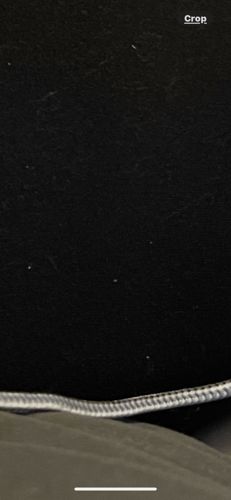Dust Mite
Scientific Name: Dermatophagoides spp.
Order & Family: Acariformes, Pyroglyphidae
Size: 0.2-0.3 mm (microscopic, barely visible to the naked eye as tiny white specks)

Natural Habitat
Human dwellings, especially beds, carpets, upholstered furniture, and clothing, thriving in warm, humid environments.
Diet & Feeding
Dead skin cells (dander) shed by humans and animals, as well as other organic detritus.
Behavior Patterns
They are not parasites and do not bite. They live within indoor environments and reproduce quickly under suitable conditions. Their primary impact is through their fecal matter and body fragments becoming airborne allergens.
Risks & Benefits
Potential risk: Major trigger for allergies and asthma in sensitive individuals due to their allergens. Benefits: No direct ecological benefits are commonly associated with dust mites; they are generally considered a nuisance in human environments.
Identified on: 11/3/2025